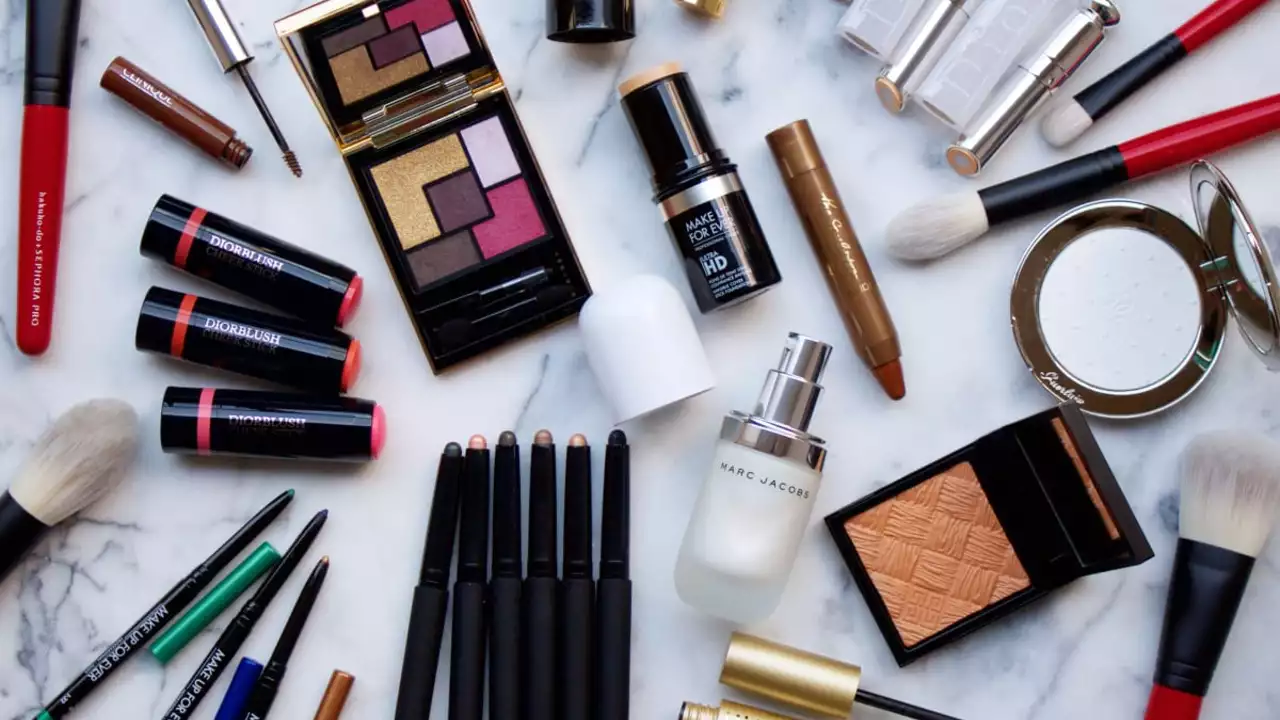Makeup Expiration: How to Know When Your Products Are Past Their Prime
Ever opened a foundation that looks fine but suddenly gives you a rash? Chances are the product has passed its expiration date. Knowing when makeup goes bad protects your skin and saves you money. Below are the practical ways to check, store, and decide when to toss your beauty items.
Reading Dates and Understanding Shelf Life
Most cosmetics have a small symbol that looks like an open jar with a number inside, e.g., 12M. That means the product is good for 12 months after you first open it. If you see a printed date, it’s usually the manufacture or best‑by date. Count forward from that day to figure out the total lifespan.
Different types last different lengths. Liquid foundations, concealers, and liquid lipsticks typically stay fresh for 12–18 months. Creamy products like blush, eyeshadow, and mascara range from 6 to 12 months. Powders can survive up to two years if kept dry.
Quick Checks: Smell, Texture, and Color
Even if the date looks okay, trust your senses. A sour or metallic odor is a red flag. Changes in texture—like a foundation that turns grainy or mascara that clumps—mean bacteria are growing. Color shifts, especially in creams, also signal spoilage.
Do a simple patch test if you’re unsure. Dab a tiny amount on your wrist and wait a few minutes. If you notice itching, burning, or redness, discard the product.
Smart Storage Tips to Extend Shelf Life
Store makeup in a cool, dry place away from direct sunlight. Heat speeds up the breakdown of pigments and preservatives. For items you use daily, a small drawer or a dedicated makeup organizer works better than a bathroom shelf that gets steamy.
Keep lids tightly closed after each use. If a product has a pump, make sure it’s fully depressed to prevent air exposure. For liquid liner or eye shadow, consider a sterile brush instead of using your fingers.
When traveling, pack items in airtight containers or zip‑lock bags. This prevents moisture from getting in and keeps the products from drying out.
Why Tossing Expired Makeup Matters
Using old makeup can introduce harmful bacteria to your skin, leading to breakouts, infections, or allergic reactions. Expired formulas also lose their effectiveness—coverage, color payoff, and staying power all drop off.
Besides skin health, there’s a financial side. Buying a new product after you’ve already suffered a reaction is an avoidable cost. By regularly checking dates and storage conditions, you keep your routine safe and your wallet happy.
Quick Checklist for Your Beauty Bag
- Mark the date you opened each product with a marker or sticker.
- Set a reminder on your phone for the expiration of high‑use items like foundation and mascara.
- Do a weekly sniff test—if it smells off, toss it.
- Store everything in a dark, cool spot; avoid the bathroom if it’s humid.
- When in doubt, throw it out. Your skin will thank you.
Keeping an eye on makeup expiration isn’t a chore—it’s a simple habit that protects you from unwanted skin problems and keeps your look flawless. Start checking your cosmetics today, and you’ll notice fewer irritations and better performance from every product you love.
In my exploration on the lifespan of makeup, I've discovered that most products usually last between 6 months to 2 years. It's crucial to note that mascara and liquid eyeliners have the shortest lifespan, typically around 3 months, due to potential bacterial growth. On the other hand, powders and pencils can last up to 2 years if cared for properly. However, the longevity of makeup also depends on factors like the quality of the product and how it's stored. Always remember to follow the manufacturer's guidelines for use and storage to get the best out of your makeup.
